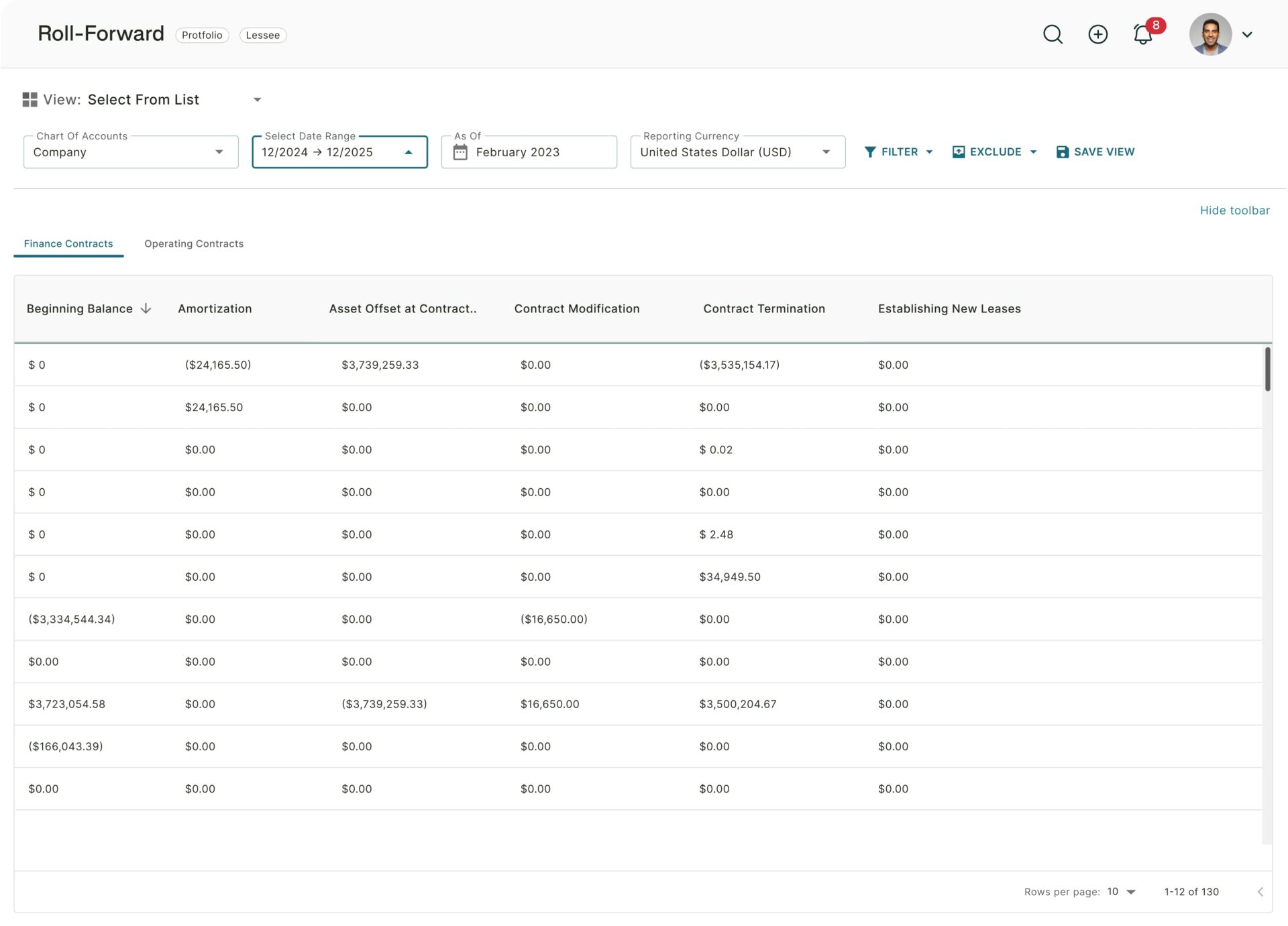What is GASB 87 – and why do you need to comply?
GASB 87, the new lease accounting standard issued by the Government Accounting Standards Board (GASB), brings sweeping changes to how public entities account for leases, and affects multiple organizations; from state and local governments to public employee retirement systems, public utilities, many healthcare providers, and colleges. Ensuring compliance is a challenge that grows with each additional lease you have in place.
From office leases to equipment – and even contracts you were unaware had a lease element within them – GASB 87 means completely relooking at how you calculate, account for and report on leases. This now includes recognizing lease assets and liabilities on the Statement of Net Position.
Overview of the adoption considerations for GASB 87
When looking at adoption considerations of GASB 87, it’s important to understand why this Statement came into existence. In publishing the Statement, the GASB’s objectives were:
- To better meet the information needs of financial statement users by improving accounting and financial reporting when it comes to leases
- To enhance the comparability of CAFRs between governments and government departments
- To enhance the relevance, reliability and consistency of information relating to governments’ leasing activities
With leasing becoming more popular than ever – for example many organizations are moving to a “As-A-Service” model for many infrastructural investments, and governments are no different – this Statement is highly relevant for a modern governmental organization or department.
GASB 87 is applicable to all entities government by the GASB, and applies to leases which are defined in the Statement as “ a contract that conveys control of the right to use another entity’s nonfinancial asset (the underlying asset) as specified in the contract for a period of time in an exchange or exchange-like transaction.”
The critical term – “control” – is determined by applying these two tests, both of which must be applicable:
- The contract specifies the right to obtain the present service capacity from use of the underlying asset
- The contract specifies the right to determine the nature and manner of use of the underlying asset
Note that even according to the Statement, a contract that doesn’t explicitly mention the term “lease” can still be considered a lease according to the definitions of GASB 87. In most cases, GASB 87 will apply to leases of capital assets—including buildings, land, and equipment
GASB 87 does not apply to leases of intangible assets (including computer software), biological assets, inventory, or supply contracts.
Lessee and lessor accounting under GASB 87
The treatment of a lease under GASB 87 depends of course if referring to the effects on the lessor or the lessee.
GASB 87 for a lessee
Unless the lease is a short-term lease or the transfer of ownership of the underlying asset occurs, a lessee should recognize a separate lease liability and lease asset at the start of the lease term.
Lease liability: the present value of payments expected to be made over the lease term, net of lease incentives.
As payments are made, the lessee decreases the lease liability and recognizes an interest expense.
Lease asset: the initial measurement of the lease liability above, plus any payments made to the lessor at or prior to the start of the lease term.
The lease asset is amortized over the lease term or the useful life of the underlying asset, whichever is shorter.
Disclosure: Include a description of leasing arrangements, the amount of lease assets recognized, and a schedule of future lease payments.
GASB 87 for a lessor
Lessors should recognize a lease receivable and a deferred inflow of resources at the start of the lease term.
Lease receivable: the present value of lease payments expected to be received over the lease term.
Interest revenue is recognized over the period of the lease.
Deferred inflow of resources: the lease receivable amount, plus any payments received at or prior to the commencement of the lease that are in relation to future periods.
Disclosure: Include a description of leasing arrangements and the total amount of inflows of resources resulting from leases.
How to ensure a streamlined implementation: 5 steps for implementing the GASB 87 lease standard
1. Familiarize yourself with the GASB 87 guidance
The 96-page GASB 87 Statement is less daunting than it first appears. We suggest familiarizing yourself with the basic tenets of the Statement, and reading more around the implementation of the Statement and how it will affect your organization.
2. Inventory the organization’s leases and implement a tracking process to comply with GASB 87 going forward
As mentioned, a contract can contain a lease even if this is not specifically mentioned within the text. Therefore it’s important to go through your contracts and assess each one for evidence of a lease as defined in GASB 87.
This can also be used to track any changes to leases, and account for these changes accordingly.
3. Provisions of the statement need not be applied to immaterial items
The GASB 87 Statement provides relief here, in that it specifically and explicitly states that immaterial items need not be accounted for in terms of the requirements of the Statement.
4. Revise capital asset software and tracking programs
As the number of leases you have increases linearly, accounting complexity increases exponentially. Therefore quite quickly you’ll want to implement lease accounting software and tracking. What is that magic number of leases after which you should definitely have automated lease accounting software in place? We have a suggestion.
5. Start the process by getting started with AI lease software
AI-enhanced lease accounting software can make a massive difference to your role, that of your team, and your organization as a whole. Imagine, instead of sifting manually through contracts to identify important pieces of information – such as lease commencement dates and amounts – you could just upload PDFs and get the software to do all of the heavy lifting for you.
Even better, journal entries and your audit trail, not to mention visibility, are all done for you.
Preview of GASB 87 lease accounting software solution
Your most precious resource is your time. Trullion automates GASB 87 workflows to ensure compliance, eliminate error and streamline operations in a fraction of the time it would take without Trullion’s game-changing lease accounting software in place.
Using the latest AI-enhanced technology, the Trullion platform automatically extracts data from source documents such as Excel files and PDFs, simplifies journal entries, and creates a clear audit trail that’s accessible to both your internal team and external auditors.
Developed by a team of experienced CPAs and leading product experts with decades of experience, Trullion unifies the unstructured and structured worlds of business finance by using AI to read and understand leases and sales agreements in any format – and translating them into a live 360° data image of your transactional workflow. Trullion establishes a universal language to allow companies to quantify the value of their business, and empowers Accounting Leaders to trust their financial data.
With Trullion’s AI-powered lease accounting software you can:
- Seamlessly meet GASB 87 compliance requirements
- Accelerate your GASB 87 adoption timeline
- Produce 100% accurate and consolidated reports in minutes
- Effortlessly trace your audit trail back to the source data
- Access simple reports and clear financial schedules
Plus, you get the following features and benefits:
AI-Powered Data Entry
Simply and automatically extract key data points directly from PDF contracts and Excel files to generate the necessary GASB 87-compliant reports with just one click.
Intuitive, Easy to Use UI
Navigate seamlessly through Trullion’s modern, clean, and easy-to-use interface, built specifically for financial leaders.
Automated Bulk Upload & Modification Detection
Upload any Excel file and the software can detect new, changed and modified leases.
Streamline GASB 87 Compliance
Automate GASB 87 workflows to generate 100% auditable journal entries and disclosures. Get fully compliant in 30 days or less.
ERP Entries & Dynamic Reporting
Leverage Trullion’s modern user experience to generate ERP-ready journal entries, full disclosure reports, and other business intelligence.
SOC 1 & SOC 2 Audited
Backed by SOC reports by Big 4 audit firms and stored in the most secure cloud environment.
Summary
Just thinking about GASB 87 compliance can leave you with a headache. Find out how lease accounting software can make implementing GASB 87 seamless and hassle-free, not to mention adding many other benefits. Forget the GASB 87-related headaches, errors and compliance risk – and enjoy a seamless, automated solution.
Manually dealing with leases has not only become inefficient, it also exponentially increases the risk of error and non-compliance, not to mention using up the precious time of you and your team.
With Trullion’s lease accounting software in place, you can now focus on what really matters. Find out more today.





